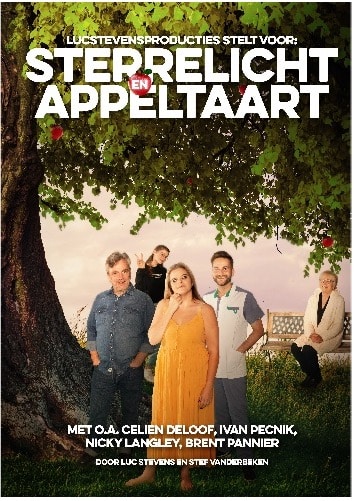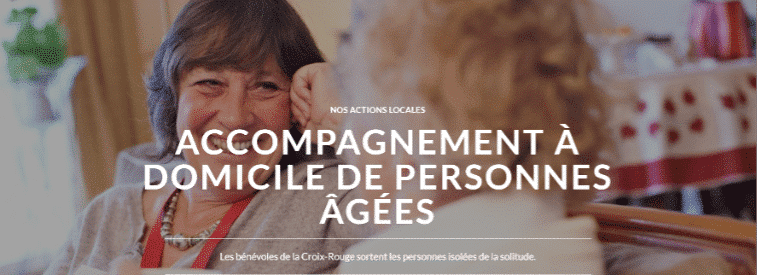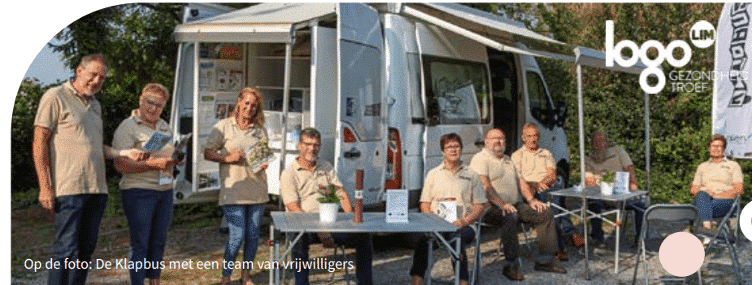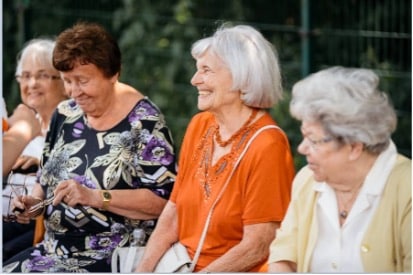Theatre as a means to talk about loneliness
Loneliness is something that both young and old people have to deal with. To find out what it means to someone, talking about it is the first step. But talking about loneliness is not easy. The euPrevent PROFILE project wants to give everyone the opportunity to discuss the topic by means of the theatre package ‘Starlight’ (Dutch: Sterrelicht).
‘Starlight’ is a theatre package created by Flemish director Luc Stevens. It is the abridged version of his theatre play ‘Sterrelicht en Appeltaart’ (English: Starlight and Apple Pie).
What inspired you to create the original theatre play ‘Starlight and Apple Pie’?
Luc Stevens: During corona, I saw many people around me who were struggling with the lack of contact. My mother lived alone and she missed the warmth of our family. My brother is the director of a residential care centre. He also saw the loneliness increasing. After a strange dream, in which I saw myself flying above houses with open roofs and many lonely people behind the walls, I started to write. I wanted to make a play about warm neighbourhoods where people can meet and connect with each other again.
What exactly is the story about?
Luc Stevens: We follow the lives of a number of characters connected with the residential care home: a nurse, a resident, a regular visitor and a volunteer. Each has his or her own character, life course and problems. We also see people from the neighbourhood who feel lonely. Each in their own way behind the four walls! An unforeseen twist turns the residential care centre upside down, but the dream of one of the protagonists creates a unifying force that prevents people from giving up, and helps them to meet and strengthen each other. ‘Starlight’ is a positive story, in which true connection is established. It is a touching story full of humour, which is at the same time hopeful and cosy. It is about young and old meeting each other in warm neighbourhoods.
What message do you want to convey?
Luc Stevens: A message of connection. Above all, I want to touch all people. Young and old, so that they will reflect on the problem of loneliness. Hopefully, they will be stimulated to look left or right in their neighbourhood. And who knows, maybe they will take action. No matter how small it is for themselves. It will be big for others.
The idea is that organisations can perform the play ‘Starlight’ themselves. Is that really feasible?
Luc Stevens: ‘Starlight’ has been developed in such a way that, in addition to the script and an accompanying film, organisations also receive a roadmap that describes what is needed to perform the play and how best to do it. You do not need more than 5 actors to perform it. A stage is not required. ‘Starlight’ can be performed by local theatre companies, but we are also thinking of a residential care centre, a community centre, a local association for senior citizens, etc. In short, anyone who wants to can get involved and perform the play.








